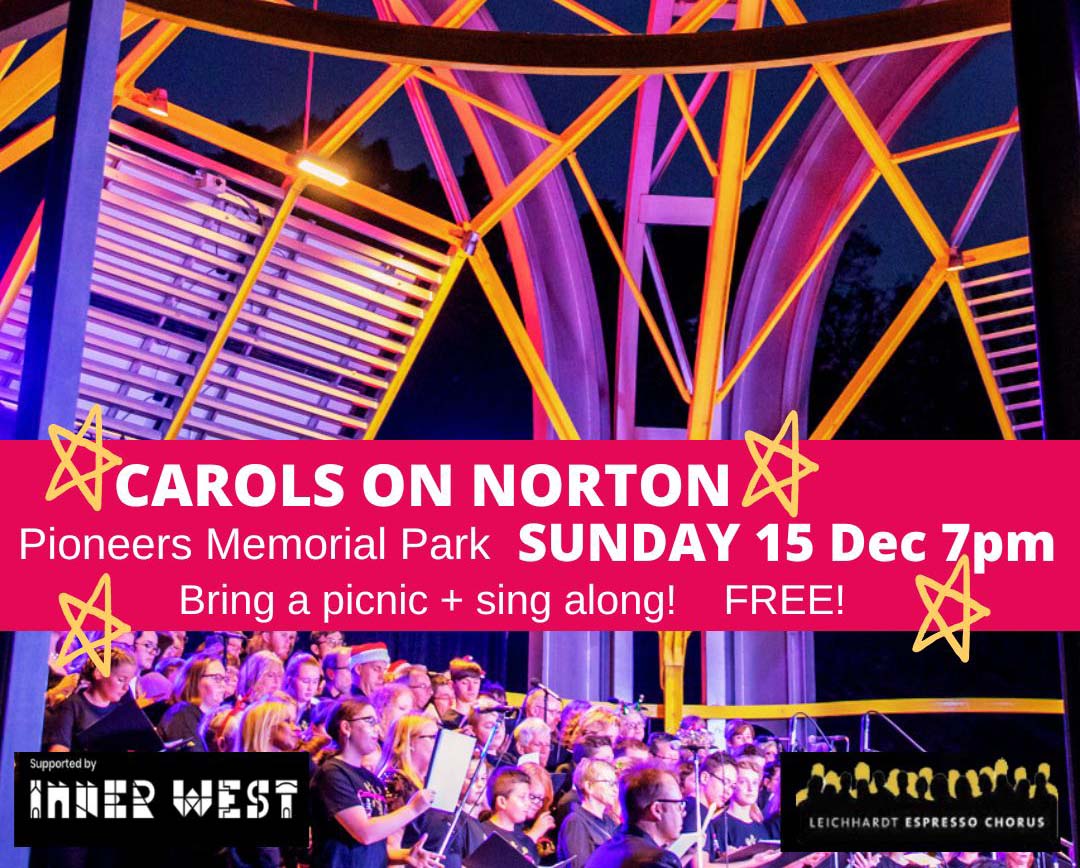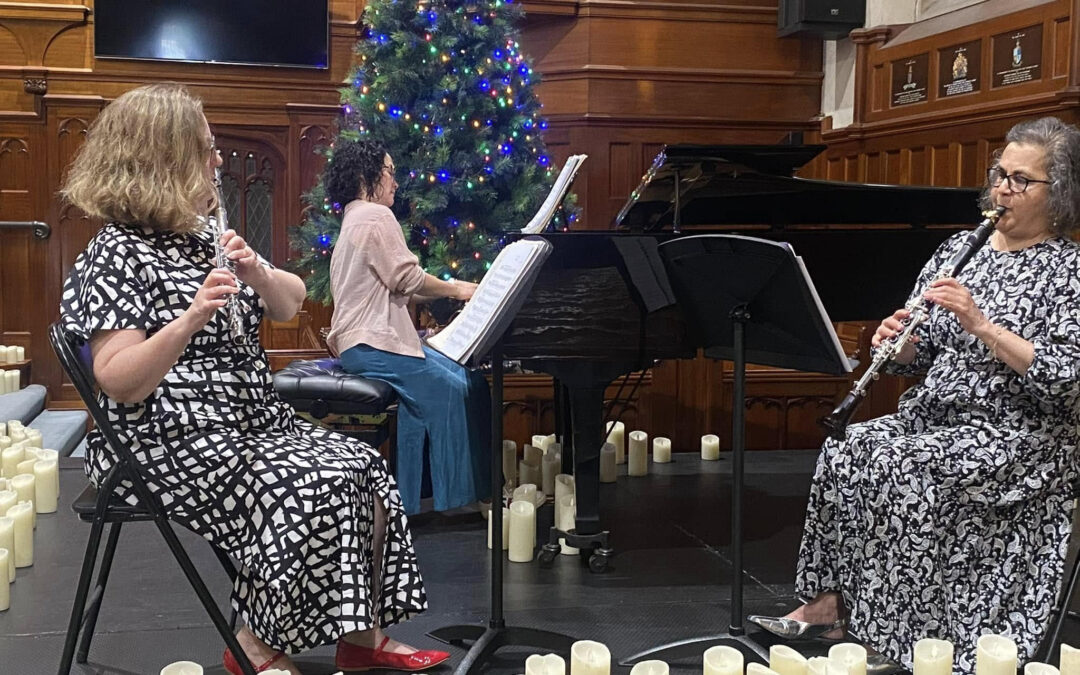The AHE has been around now for about 6 years and it continues to be one of Australia’s premier early music groups. Often they present ensembles of a larger scale but in this concert it was decidedly “chamber” with the core members, Skye McIntosh & Simone Slattery (violins), James Eccles (viola) and Anton Baba (cello), joined by guitar soloist Simon Martyn-Ellis.
The programmed pieces were all around the late 18th Century, the period in which the AHE specialises. While not all the pieces had a particularly Spanish sound, they certainly all had a Spanish connection.
The core members opened with Boccherini’s String Quartet Op 26 No 4 in A. Boccherini’s music is always so immediate and approachable; it almost seems to play itself. Of course that is only an illusion, great skill is required to bring music to life in this way. With lilting, long and arching opening phrases, the gentle muted string sounds set the Verbruggen Hall resonating as if it were part of their instruments. Every note has clearly been thought about here; nothing is tossed off. For example, they might swell as a single voice on a cadential dissonance and then diminuendo to almost nothing before just touching the resolution chord. A magic effect. And even the smallest of rubatos and pauses were clearly well rehearsed and always perfectly together.
Pierre-Jean Porro’s Grand Trio Extrait de Mozart for guitar, violin and cello, is an arrangement of Mozart’s Violin Sonata K304 in E minor. This work is perhaps the darkest of Mozart’s violin sonatas although there is plenty of contrasting light. It is only two movements and I especially like the pizzicato section in the Rondo second movement. The instruments were perfectly balanced here.
The first half finished with a lesser known Spanish composer, Manuel Canales, his String Quartet Op3 No3 in C minor. This work is mostly in the early classical style of Haydn but with some hint of Spanish folk music. Again the ensemble took a gentle approach to the music. Particularly impressive were the unison passages where all four instruments sounded as one. This is no mean feat on strings; the tuning and phrasing were impeccable. Also, the cadential flourishes were simply liquid. There was much more of the Spanish influence here, especially in the final rhapsodic movement. Full focus was maintained, with always a sense of total control.
After interval, Martyn-Ellis played a solo guitar piece, Introduction and Variations on a Theme of Mozart by Fernando Sor. His delicate sounding instrument is a replica of an early 19th-century Viennese guitar design by Johann Georg Stauffer. It is smaller than the classical guitar we know today but showed a remarkable tonal range. Sonorous and bright major arpeggio sections were contrasted with soft dark minor passages. Despite the softness of the instrument and the largeness of the auditorium, the sound was focused and clear. The variations are based on The Magic Flute chorus Das Klinget so Herrlich, where the slaves are enchanted by Papageno’s magic bells, to dance away from their evil intent. Very well suited to the lightness of the Guitar.
The next piece, Haydn’s String Quartet Op 51 The Seven Last Words of Christ on the Cross is on the surface rather depressing. Its Spanish connection is that a work was commissioned from Haydn as 7 sonatas for a church in Cádiz, presumably to be used in their Stations of the Cross ceremony. Despite its inherently sad and melodramatic nature, the work was a success and Haydn himself made a string quartet arrangement. We do often hear yearning and crying melodies over an ever-diminishing heartbeat, dying to nothing in the final movement where Christ says “Into Thy hands I commend my spirit”. Notwithstanding the quiet darkness of this work, there is the most wonderful music here, finishing with an ethereal optimism.
I do have a personal request to make. The physical lineup of the instruments in the quartets had the cello next to the first violin. I would respectfully like to request the ensemble consider having the second violin and cello swap places. This would face the second violin to the audience rather than the back of the auditorium and hence allow both the sound and visual expression to come through better. The cello would not suffer in the same way in being side on to the audience.
The concert finished on a more lively and positive note with Boccherini’s Guitar Quintet G488 Fandango in D minor. Here, because of the skilful scoring, the stronger strings were beautifully balanced against the softer guitar. We heard strumming from the guitar, drumming on the cello body, glissandos and some super high cello playing, both harmonics and in positions way beyond the end of the fingerboard, expertly done.
This concert was an impressive delight. There was palpable communication between the performers who played with enthusiasm and relish. What I really loved about this concert was that the music was allowed to speak. There was no forcing of the sound. It was as if the music played the players, not the other way round. I have incredible respect for musicians who approach the music with such utter humility.





























